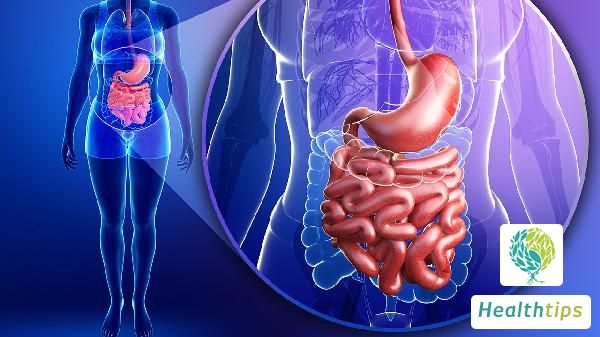"How to Alleviate Menstrual Cramps? Try This for Your Period Pains"
Women experience a monthly occurrence known as menstruation, and the reactions to it vary significantly among individuals. While some may experience no symptoms, others may suffer from severe menstrual pain. Are you aware of how to alleviate menstrual cramps? Do you know what foods can help? If not, don't worry! Today, I'll introduce some knowledge about menstrual pain for women who are interested. Come and take a look!

Dietary Therapy for Menstrual Pain
Motherwort Paste: For abdominal pain before or after menstruation, boil 1kg of motherwort into a paste. Consume 1 spoonful 3 days before menstruation, twice daily, on an empty stomach in the morning and evening.
Black-boned Chicken Soup: Cut 500g of male black-boned chicken into pieces and stew with 3g of dried orange peel, 3g of good ginger, 6g of pepper, 2 tsaoko fruits, and an appropriate amount of green onion and vinegar. Consume the meat and soup twice daily.
Turtle Soup: Eating turtle meat regularly can effectively dissipate blood stasis and alleviate menstrual pain. Traditional Chinese Medicine (TCM) prescribes many turtle-based remedies for menstrual congestion, but they must be tailored to individual conditions and combined with other medications.
Five Foods to Eat for Menstrual Pain
1. High-Iron Foods: Many women experience anemia during menstruation due to iron loss. Supplementing iron-rich foods is crucial. Fish, lean meat, animal liver, and blood are rich in bioavailable iron, while soybeans and spinach contain plant-based iron with lower absorption rates. Balance meat and vegetables in your diet during menstruation.
2. Vitamin E-Rich Foods: Vitamin E deficiency in women can lead to fatigue, excessive sweating, nervousness, and menstrual pain. Eat more green leafy vegetables and vegetable oils. Foods rich in Vitamin E include egg yolks, beans, spinach, rape, cabbage, peanut oil, sesame oil, and nuts.
3. Blood-Circulating Foods: Menstrual pain is often caused by poor blood flow. Eating blood-circulating foods promotes blood circulation and relieves pain. Good choices include spinach, celery, coriander, carrots, bananas, and apples.
4. Warming Foods: Cold-natured women may experience cold hands and feet, sweating, and fainting during menstrual pain. Eat warming foods like dog meat, mutton, chestnuts, lychees, brown sugar, and ginger. Brown sugar ginger tea can dispel cold and maintain normal body temperature.
5. Iron-Replenishing Foods: Heavy menstrual bleeding can cause dizziness, headaches, paleness, and even fainting due to low blood sugar. Iron deficiency anemia is common. Supplement with iron-rich foods like animal blood, lean pork, eggs, milk, fish, longans, and red dates.
Simple Methods to Relieve Menstrual Pain
Balanced Diet: Avoid neglecting meals, sweets, and salty foods. A healthy diet improves overall health, though it doesn't eliminate menstrual pain. Avoid junk food and eat plenty of vegetables, fruits, chicken, and fish.
Vitamins and Minerals: Taking daily vitamins and minerals reduces menstrual pain. Comprehensive vitamins and minerals, preferably with calcium and low doses, can be taken several times a day after meals. Calcium, potassium, and magnesium also help.
Avoid Caffeine: Caffeine in coffee, tea, cola, and chocolate can cause tension and discomfort during menstruation. Avoid or limit caffeine intake.
Abstain from Alcohol: Alcohol exacerbates water retention during menstruation. Avoid alcohol or limit intake to 1-2 drinks.
Stay Warm: Keeping warm accelerates blood circulation and relaxes muscles, especially for pelvic spasms and congestion. Drink hot herbal tea or lemon juice, and apply heat packs to your abdomen.



















